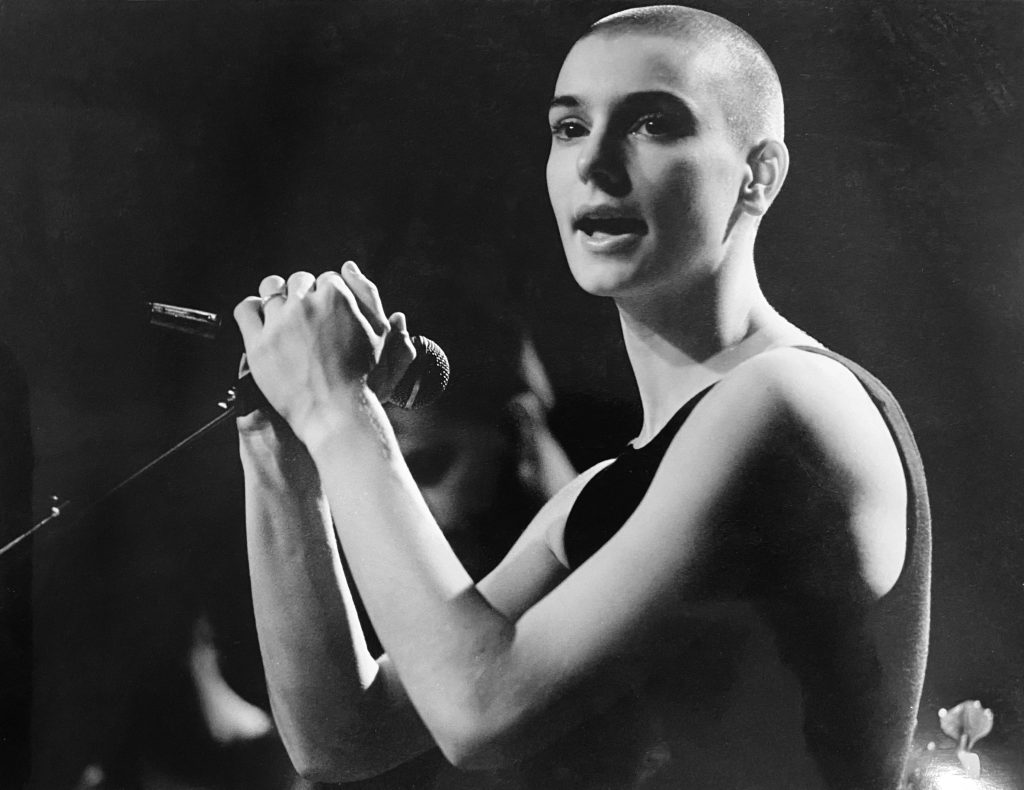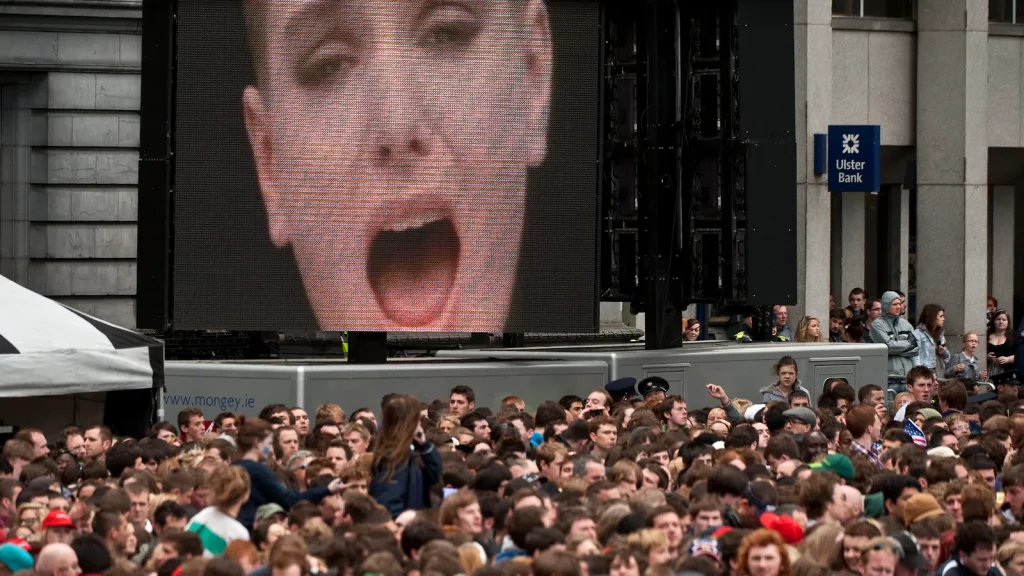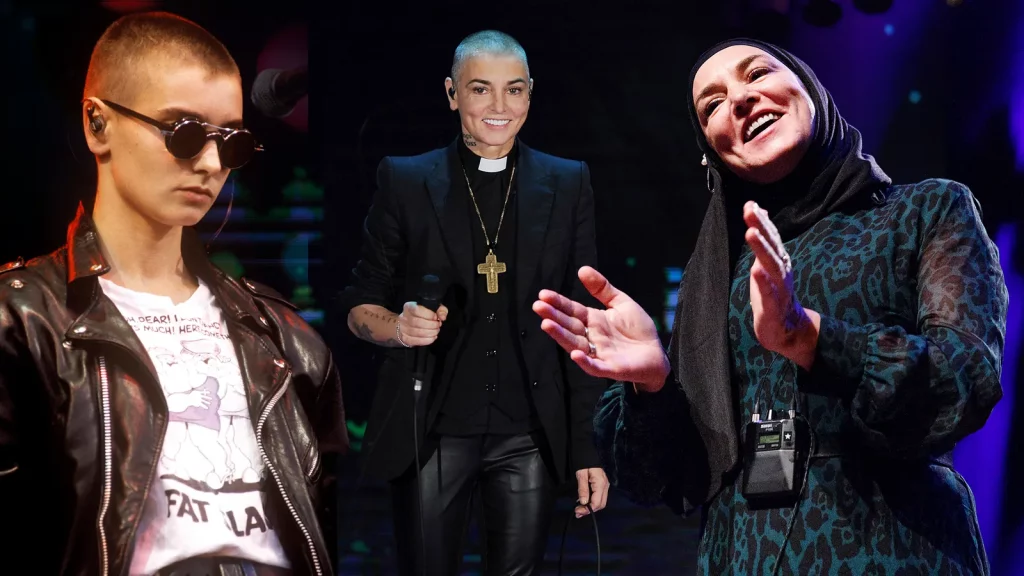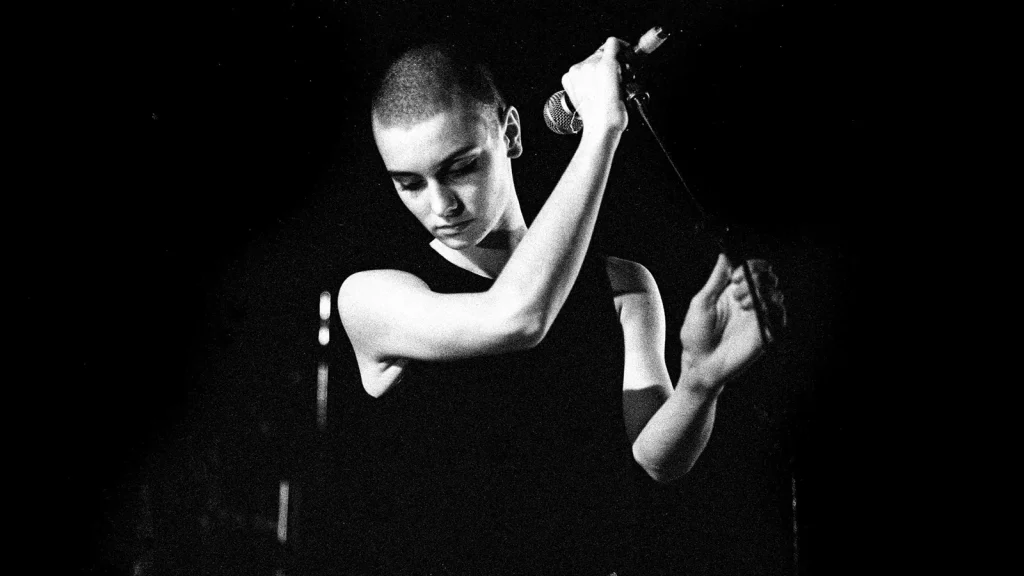When Sinéad O’Connor published her memoir Rememberings in 2021, I had the opportunity to interview her for a profile that aired on National Public Radio in the United States. Prepared to meet the challenging, fragile, and often contradictory persona I had encountered in numerous accounts over the years, I was pleasantly surprised to encounter a lucid, insightful, and emotionally honest individual. She was far more focused on engaging in a substantive conversation about the issues she had passionately advocated for over the years than on promoting her books. Consequently, that profile served as the foundation for my book “Why Sinéad O’Connor Matters,” which was published this May.
The news of her passing has left me deeply devastated. Over time, I have come to see her primarily as a survivor. As I contemplate how she will be remembered by future generations, I can’t help but notice that O’Connor has often been compared to the recently ailing Madonna, another superstar of the MTV era who challenged the Catholic Church and societal norms. However, while Madonna once proclaimed her ambition to rule the world in an early interview with Dick Clark, O’Connor’s mission was to change it.
Many might recall a singular moment in October 1992 when she tore a photograph of Pope John Paul II to pieces on live television during an appearance on Saturday Night Live. However, fewer may remember the context that led her to do so – she was raising awareness about the child abuse crisis within the Catholic Church. It was a crisis exacerbated by the refusal of some clergy to acknowledge and address the issue.
The backlash against O’Connor that night was swift and unrelenting. Her albums were crushed outside the US headquarters of her record company at Rockefeller Center. Celebrities from Joe Pesci to Phil Hartman and Camille Paglia denounced her, turning her into a target for ridicule. It’s almost inconceivable that O’Connor was correct in questioning the Church’s complicity in condoning and covering up child abuse. Yet, she was right about numerous other issues, including her early rejection of the music industry’s definition of success, which was purely commercial.

O'Connor's defiance helped forge a path for female artists on both sides of the Atlantic, including the Riot grrrl movement (Credit: Getty Images)
O’Connor’s fundamental values and priorities took root during her childhood, a time in which she later revealed she had endured abuse at the hands of her deeply religious mother. Music became her refuge, particularly the Bob Dylan albums her brother shared with her. She also discovered solace in a book of Dylan’s songs gifted to her by a compassionate nun during her attendance at a Catholic girls’ reform school during her early teens. By the age of 18, O’Connor had secured a recording contract with Ensign/Chrysalis, a milestone that coincided with the tragic loss of her mother in a car accident while en route to Mass.
Rejecting her path
These formative experiences remained largely concealed from the public eye, as our perception of O’Connor was primarily shaped by the star-making apparatus of the music industry. Nevertheless, it was evident that O’Connor was uninterested in conforming to the conventional pop star archetype. Defying the marketing guidance of her record label, she boldly shaved her head and embraced a wardrobe of torn jeans and combat boots. This was her way of protesting what she saw as the music industry’s deeply entrenched sexism, which often prioritized the appearance of female artists over their musical talents.

While there were scant precedents for a young woman to convey intricate emotions through pop music, Sinéad O’Connor achieved exactly that, armed with an astonishing, almost otherworldly voice capable of oscillating between a hushed whisper and a resounding scream. When the producer appointed by the record label failed to comprehend her vision for her debut album in 1987, she took control of the creative reins herself. Although “The Lion and the Cobra” was not tailored for mainstream chart success, O’Connor cultivated a receptive audience, thanks to extensive radio play on college and alternative stations, as well as MTV, where her distinctive appearance complemented the emotional intensity of her music.
Her sophomore release in 1990, “I Do Not Want What I Haven’t Got,” catapulted O’Connor to global stardom, largely propelled by her rendition of the Prince-authored song “Nothing Compares 2 U” and its instantly iconic music video. In this video, she sheds a solitary tear as she mourns her late mother. By the time her album reached number one in numerous countries, O’Connor had already grown weary of the stifling silence and compliance that fame demanded of her. This ran counter to her burning desire to use her voice and her expanding platform as a means of advocating for the marginalized and disempowered.

Prince wrote Nothing Compares 2 U in 1984; it wasn't released as a single until O'Connor covered it in 1990 (Credit: Getty Images)
Instead of conventional album promotion in press interviews, Sinéad O’Connor fearlessly shared her personal experiences as a survivor of childhood abuse. She went further to raise her voice against various social injustices, with a notable stance against racism and her criticism of MTV’s refusal to air videos by rap and hip-hop artists, which she regarded as a form of censorship.
In response to her actions, O’Connor found herself accused of censorship on occasions. For instance, she decided to withdraw from a scheduled appearance on Saturday Night Live in 1990 upon learning that the controversial comedian Andrew Dice Clay, whose routines had faced criticism for their perceived misogyny, was also part of the show. This accusation resurfaced when she encountered two individuals posing as news reporters, who twisted her expressed desire to not have the US national anthem played before a New Jersey concert into a fabricated story about her refusal to perform that night.
Portrayed by her detractors as anti-American and ungrateful for her success, O’Connor might have anticipated her impending exile, which led her to devise her own strategy. Perhaps that’s why, following her multi-platinum-selling album “I Do Not Want What I Haven’t Got,” she followed it up with a collection of show tunes and standards. Even during her 1992 appearance on Saturday Night Live, the song she chose for her second set wasn’t featured on her new album.
Altering some of the lyrics from Bob Marley’s 1976 song “War,” originally addressing racial oppression, she adapted them to confront the horrors of child abuse. At the culmination of her breathtaking a cappella performance, O’Connor held up a photograph of the Pope. With the declaration “Fight the real enemy,” she proceeded to tear it apart, effectively marking the end of her grasp on a pop career she arguably never genuinely desired in the first place. Although she continued to create remarkable music, her artistic output became overshadowed by ceaseless tabloid headlines and the persistent discourse surrounding her actions on SNL.

In 2018, O'Connor converted to Islam and changed her name to Shuhada (Credit: Getty Images)
In light of many of the controversial actions and statements made by O’Connor in the 1990s and the subsequent decades, it becomes apparent that she frequently found herself pushing against the silencing she endured during her childhood and later as an adult, as her personal struggles unfolded in the public eye. While she may not have always successfully conveyed her message, she remained unwavering in her efforts. In her own words from our 2021 conversation, she explained, “I wouldn’t have consciously set out with the desire to be a voice for others. I was setting out to be heard.”
When we consider the recent societal reflections, it becomes evident that O’Connor’s ascent to stardom and subsequent fall from the pop world occurred during a period when there was scarcely any discourse surrounding mental health and the connection between the public expression of pain and personal trauma. Regrettably, it appears that the public, more often than not, exacerbated her trauma by choosing not to perceive or acknowledge what she was attempting to communicate: the true adversary is indifference.

